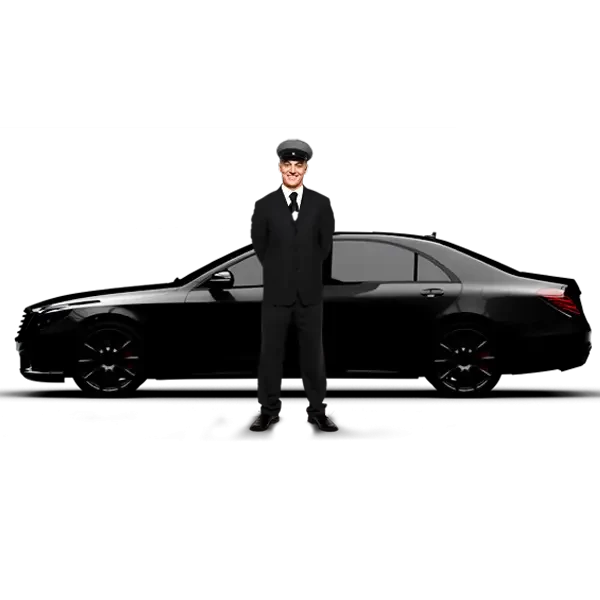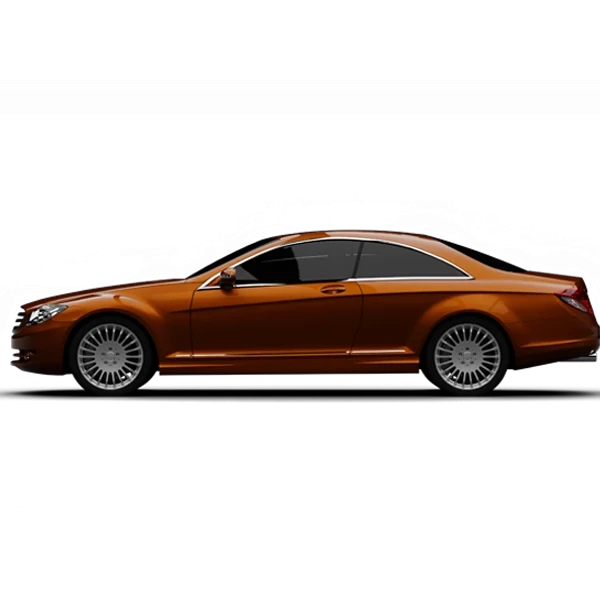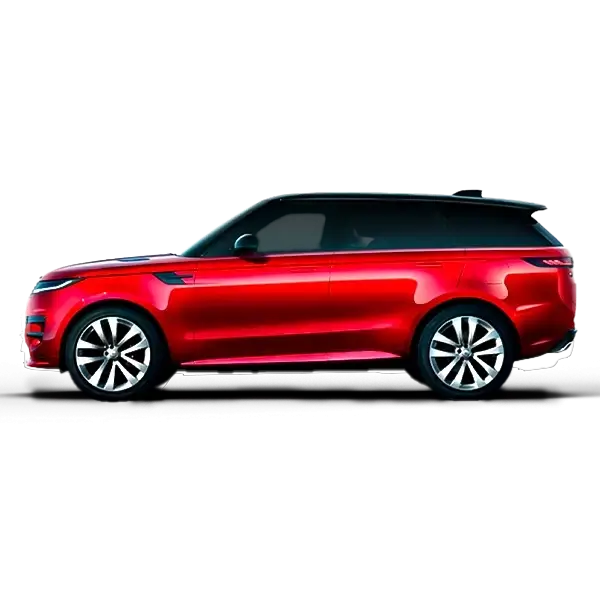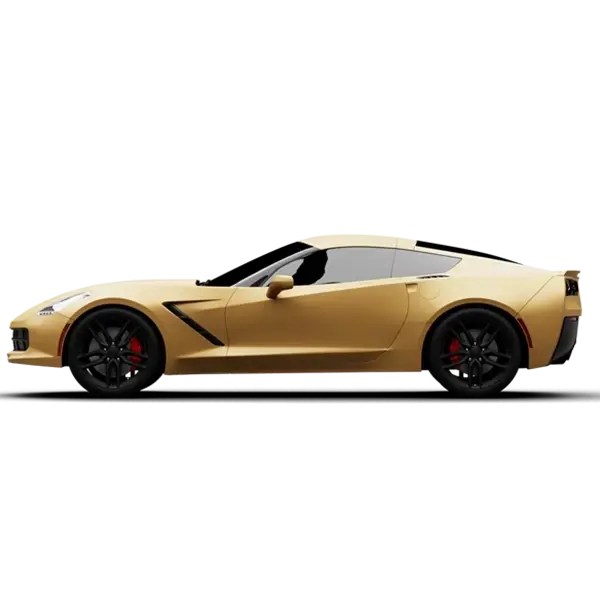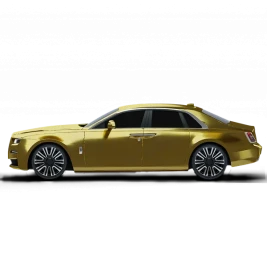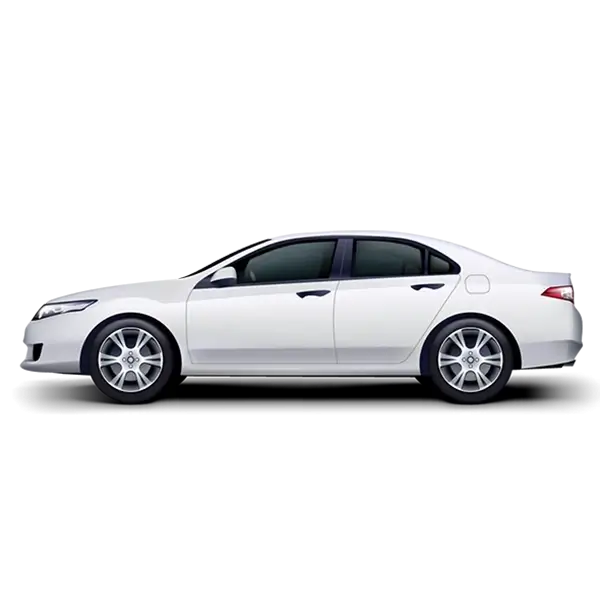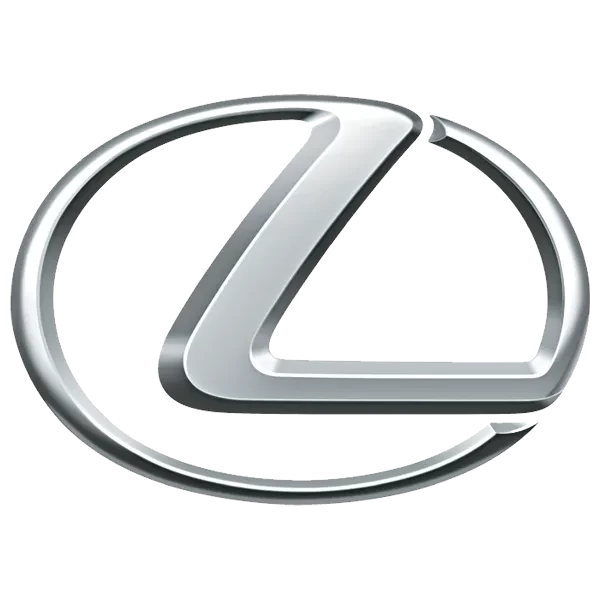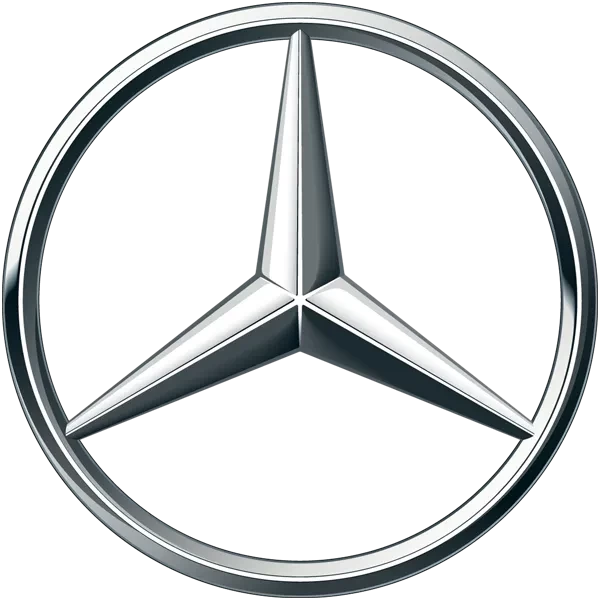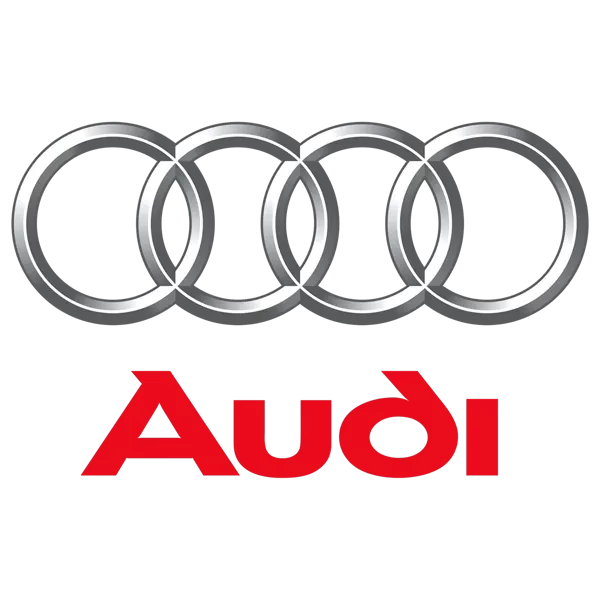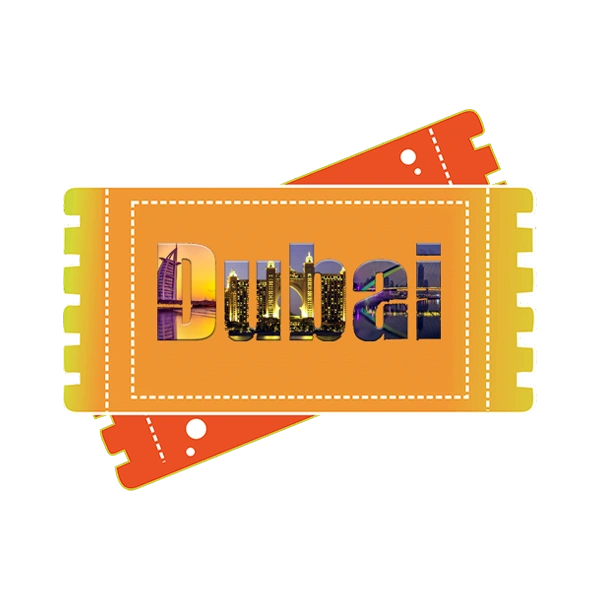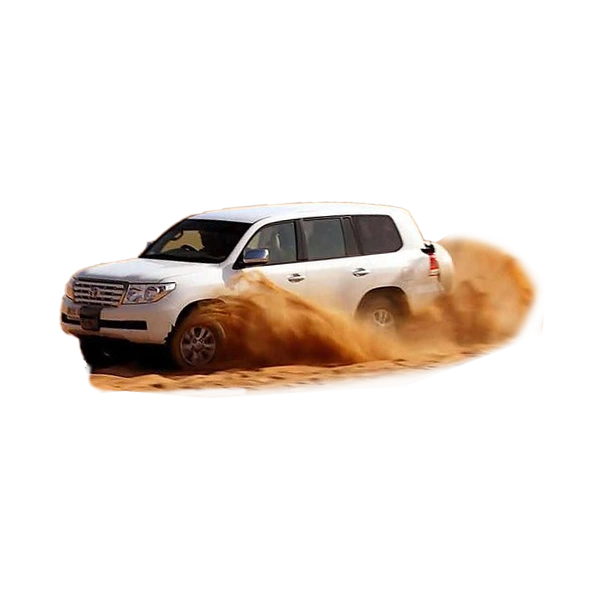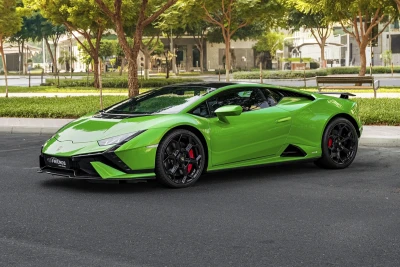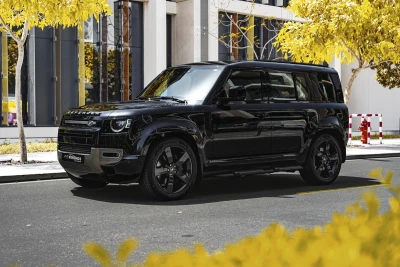How Depreciation Works on Cars in the UAE
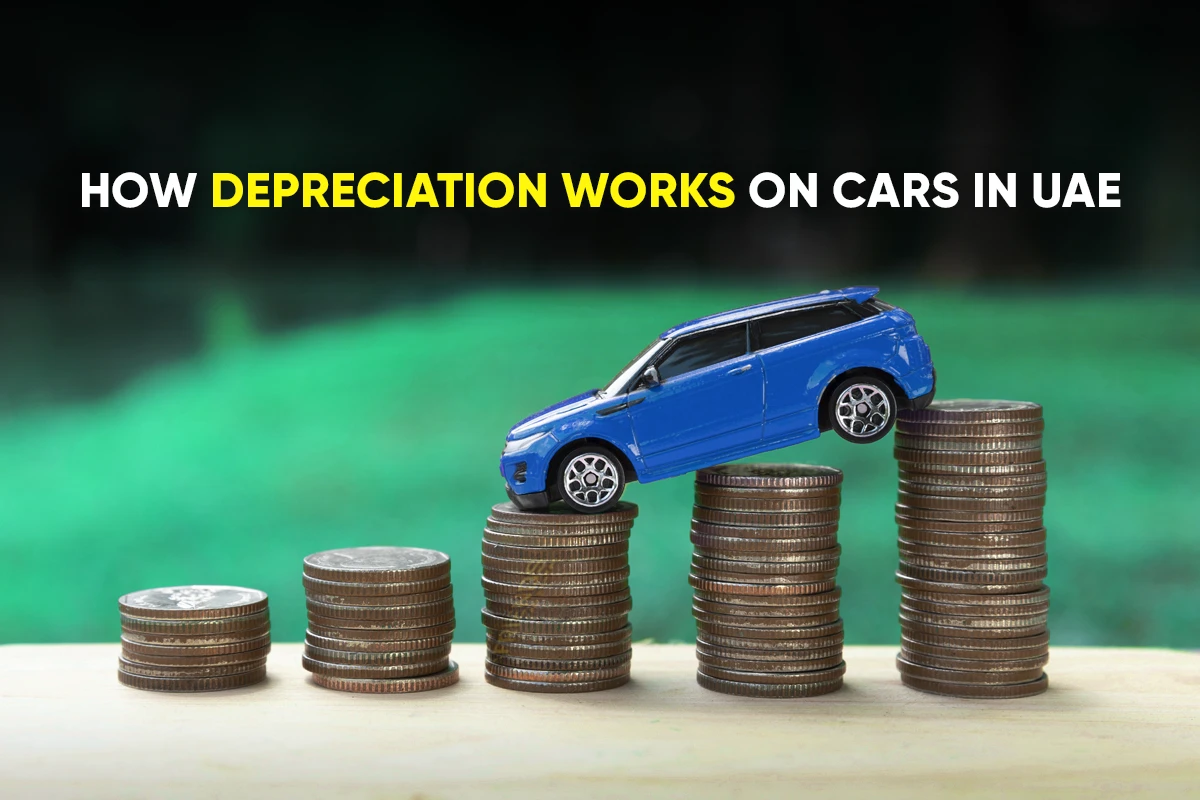
The drop in a vehicle’s value over time is a global phenomenon that concerns every car owner. However, depreciation in the UAE hits harder due to significantly high ownership ratio, frequent expat relocations, and unique market dynamics, like extreme climate & competitive used car scene. Regardless of what you’re buying—a luxury SUV or a radical supercar, depreciation creates a hole in your wallet when it’s time to sell or trade in. So, it’s crucial to understand the depreciation dynamics in the Emirates. This guide explores how depreciation works on cars in the UAE, explaining its driving factors, its calculation, and practical tips to minimize it. Learn to make smarter decisions in the UAE’s fast-paced car market. Let’s dive into maximizing your car’s value!
How Does Car Depreciation Work in the UAE:
Immediate Drop: Cars lose 9-11% of their value instantly upon leaving the showroom.
Steep Initial Decline: Values drop sharply by 20-30% annually for the first three years after the initial showroom depreciation.
Slower Decline Thereafter: After the first three years, the annual depreciation rate slows to approximately 15-20%.
Long-Term Value: By the end of the fifth year, a car's value can be as low as 40% of its original purchase price.
Regional Specifications: Japanese-spec cars (e.g., Toyota, Honda) generally depreciate less than American and European models due to strong resale demand.
Luxury vs. Economy: Luxury cars often depreciate faster than economy cars due to higher maintenance costs and market saturation.
Calculation Methods: Depreciation is commonly calculated using the straight-line method in the UAE market, where the loss is evenly spread over the car's useful life.
Why Does Depreciation Matter in the UAE?
Asset value depreciation is a concerning factor for everyone, especially car owners in the Emirates. The UAE’s dynamic car market introduces the latest models every now and then, significantly affecting the values of the existing ones. With new models offering better and more enhanced luxury, comfort, and technological features, the affluent car enthusiasts tend to move on to the next one, affecting the used car market dynamics. While it might not affect the rich individuals, depreciation will definitely have a huge impact on normal car owners.
Losing thousands of dirhams every year is a massive issue for the larger spectrum of UAE car owners. The grand scale impact on resale value in a competitive UAE used car market has a negative impact on current car owners. For instance, losing 20-30% value in the first year on a new car worth AED 100,000 is not for the faint-hearted.
On the grander scale, such depreciations will have a butterfly effect on the entire car market, making some people obsolete and left out.
How Does Car Depreciation Work in the UAE?
Like everywhere in the world, the car value instantly reduces by 9-11% as soon as it leaves the showroom floor. For instance, a car worth AED 100,000 will lose about AED 9,000 to AED 11,000 in an instant. The depreciation value is extremely steep in the first three years in the UAE. A car owner loses about 20-30% of the car’s value each year for the next three years after the initial showroom drop. At the end of the fifth year, the actual value of the car remains only about 40% of its original value (say AED 40,000 out of AED 100,000).
Depreciation also depends on the regional specifications, meaning Japanese-spec cars depreciate with smaller value than American and European models. Nissan and Honda hold their value better due to strong resale demand. Furthermore, luxury car models often depreciate more rapidly than economy cars due to high maintenance costs and market saturation.
In the UAE, depreciation is calculated using two major methods—the straight-line approach and declining balance. In the straight-line method, the depreciation is spread evenly over the car's useful life, whereas the declining balance method applies a higher depreciation rate in the earlier years. The former method is more popular among the UAE car owners and the market.
While depreciation on cars (vehicles) is an unavoidable global phenomenon, rapidly pushed by companies trying to capitalize on the market with new and enhanced versions of the same car on an annual or biennial basis, it’s more striking in the Emirates, being the hub for the latest and innovative automotive car culture that seamlessly blends with a luxury lifestyle and vibrant atmosphere.
Key Factors Affecting Car Depreciation in the UAE
While market dynamics with significant influence of affluent individuals greatly impact the UAE’s car depreciation spectrum, there are several other factors that play a major role in determining the actual value of any used car in the Emirates. Take a look at some of the most significant ones.
Vehicle Condition: Well-maintained cars with no significant damage retain more value. Conversely, vehicles with visible wear, neglect, or a history of major accidents will see a substantial reduction in their resale or trade-in value.
Overall Mileage: Higher mileage readings indicate more extensive use and wear and tear, leading to greater depreciation. In the UAE, cars accumulating over 20,000 km per year are typically considered high-mileage.
Make and Model: The make and model significantly influence depreciation. Japanese brands, particularly Toyota and Nissan, are known for their strong resale value and slower depreciation rates in the UAE due to their reliability and lower maintenance costs. In contrast, certain European and American luxury brands, while desirable, often experience higher depreciation rates in the used car market.
Age: As cars age, their value naturally declines. The most significant depreciation typically occurs within the first three years of ownership, where vehicles can lose 20-30% of their value annually after the initial showroom drop. This rate then slows down to approximately 15-20% in subsequent years.
Fuel Efficiency: Given fuel costs and practical considerations, top fuel-efficient cars are in higher demand in the used car market, thus retaining more of their value. Models like the Toyota Yaris and Hyundai Elantra, known for their economy, often command better resale prices than less efficient counterparts.
Service History: A complete and verifiable service history from authorized dealerships or reputable garages significantly enhances a car's resale value. Demonstrating diligent and timely maintenance assures potential buyers of the vehicle's reliability and care.
Visual Condition: The UAE's harsh climate can take a toll on a vehicle's exterior. Cars with an immaculate visual condition – free from dents, scratches, faded paint, and interior wear – will always command better resale and trade-in values. A well-preserved appearance is a direct indicator of owner care.
Accident History: While not a direct depreciating factor itself, a clean accident history is paramount. Vehicles that have been involved in major accidents, even if repaired, will almost always fetch a lower price. This is often reflected in a car's service and inspection reports.
How to Calculate Car Depreciation in the UAE
Having understood the key factors affecting car depreciation in the UAE, you should know how to calculate it. It will help you calculate the true value after depreciation of any car (vehicle), aiding smarter buying and selling decisions. The straight-line method is the simplest and most commonly used for individual owners. Here’s a step-by-step guide:
Determine the Initial Cost: Add the car’s purchase price plus additional fees (e.g., registration, insurance setup). For example, a car bought for AED 80,000 with AED 2,000 in fees totals AED 82,000.
Estimate the Salvage Value: Research the car’s expected resale value at the end of its useful life (typically 5-7 years in the UAE). Check platforms like dubizzle for similar models. Assume the car will be worth AED 20,000 after 5 years.
Calculate Annual Depreciation: Subtract the salvage value from the initial cost, then divide by the number of years. For example: (AED 82,000 - AED 20,000) ÷ 5 = AED 12,400 per year.
Assess Current Value: Multiply the annual depreciation by the number of years owned, then subtract from the initial cost. After 3 years: AED 82,000 - (AED 12,400 × 3) = AED 44,800.
Tips to Minimize Car Depreciation in the UAE
As mentioned earlier, car depreciation in the Emirates is an imminent phenomenon that hits every car owner. You cannot avoid it, but you can minimize it. These are some insider tips to lower your car depreciation in the UAE.
Prioritize regular and documented maintenance of your vehicle. Follow the manufacturer's recommended service schedule in reputable service centers. Keep track of all replacements with specific dates. A verifiable service history proves your diligent care, ensuring higher resale value.
Maintain a pristine visual condition of your vehicle’s interior and exterior. Wash and wax regularly for a scratch-free and dent-free exterior. Keep the interior clean and free from spills, stains, and odors. A clean car with an exquisite exterior means better trade-in value.
Choose popular makes and models with strong resale value, like Honda, Nissan, and Toyota. Pick cars that are known for their reputation for reliability, lower running costs, and readily available spare parts.
Maintain a good yearly average mileage limit, not more than 15,000 km per year. Lower mileage limits attract buyers to spend a few extra dirhams.
Drive safely and avoid accidents. Cars that experience accidents will have significantly lower resale values as their damaged & replaced parts affect buyers’ conscience.
Consider selling at the right time. Try reselling your vehicle before it hits a mileage milestone (say 100,000 km) or before its warranty expires.
Conclusion
Depreciation is an inevitable phenomenon for asset owners, from phones to cars. This time-tied, money-oriented event is the aftermath of a business strategy, where newer and better models enter the market, making existing ones less appealing and obsolete. While this is ideal for businesses, owners have to face this bitter truth and move with the tide. However, by taking correct approaches while selecting cars, keeping them well-maintained, and driving safely, you can minimize depreciation to some extent, securing a comparatively better return. Act smart, sell before the market trends turn over, and get yourself a better deal—control the depreciation and not the other way around.
FAQs
How much does a car depreciate in the UAE per year?
A new car typically loses 9-11% of its value the moment it leaves the showroom. After that, it generally depreciates by 20-30% per year for the first three years, and then by 15-20% per year in subsequent years. This can vary significantly based on make, model, mileage, and condition.
Do luxury cars depreciate faster in the UAE?
Yes, luxury cars generally depreciate faster than the mass-market or economy vehicles in the UAE due to their higher initial cost, expensive maintenance, a smaller used-car buyer market, and frequent introduction of new, more advanced models by manufacturers.
Can I claim depreciation for tax purposes in the UAE?
In the UAE, individuals generally cannot claim depreciation for tax purposes on personal vehicles. However, businesses in the UAE can on vehicles that are used wholly and exclusively for business purposes under the new Corporate Tax Law. This came into effect for tax periods commencing on or after June 1, 2023. This allows businesses to reduce their taxable income.
Written by: FriendsCarRental
Published at: Wed, Jun 25, 2025 3:40 PM
Leave a Reply
Your email address will not be published. Required fields are marked *
Car Rental in Dubai
AED 2500
DAY
AED 0
MONTH
-
 SUV
SUV -
 4 Doors
4 Doors -
 5 Seats
5 Seats
- 1 Day Rental Available
- Deposit: Not Required
- Insurance Included
AED 5500
DAY
AED 0
MONTH
-
 Sports
Sports -
 2 Doors
2 Doors -
 2 Seats
2 Seats
- 1 Day Rental Available
- Deposit: Not Required
- Insurance Included
AED 1200
DAY
AED 0
MONTH
-
 SUV
SUV -
 4 Doors
4 Doors -
 5 Seats
5 Seats
- 1 Day Rental Available
- Deposit: Not Required
- Insurance Included
AED 1600
DAY
AED 0
MONTH
-
 SUV
SUV -
 4 Doors
4 Doors -
 5 Seats
5 Seats
- 1 Day Rental Available
- Deposit: Not Required
- Insurance Included
AED 1500
DAY
AED 28500
MONTH
-
 SUV
SUV -
 4 Doors
4 Doors -
 5 Seats
5 Seats
- 1 Day Rental Available
- Deposit: Not Required
- Insurance Included

 عربي
عربي
 English
English
 Français
Français
 Русский
Русский
 中国人
中国人
 Nederlands
Nederlands
 Española
Española
 Türkçe
Türkçe
 Italiana
Italiana



